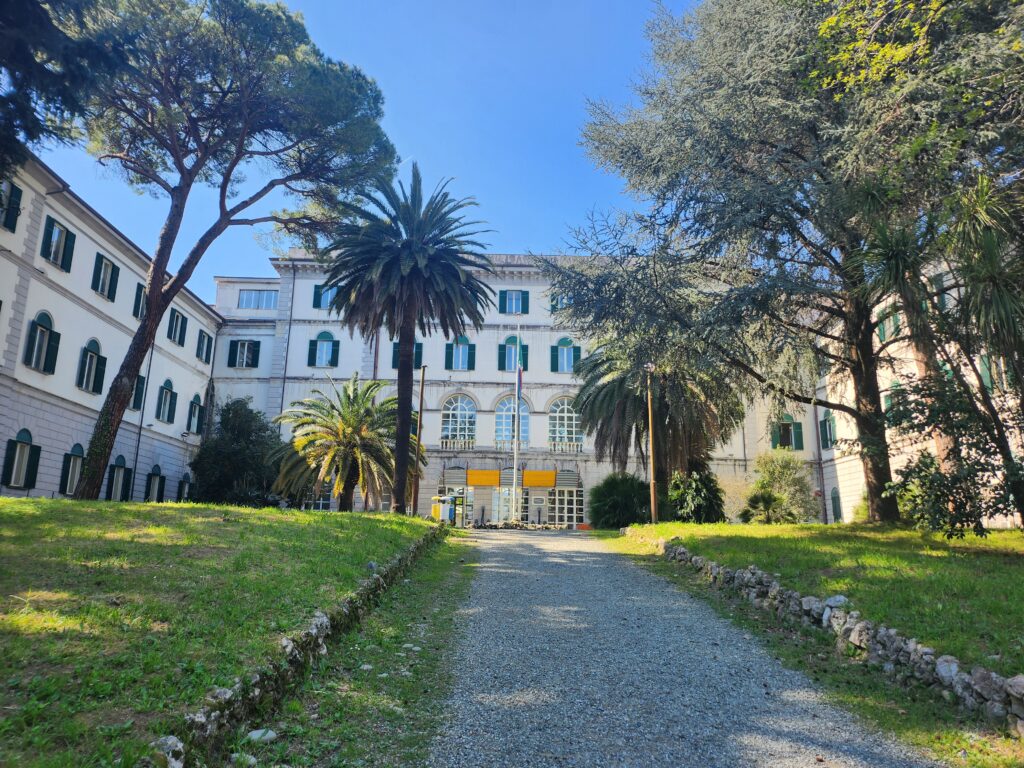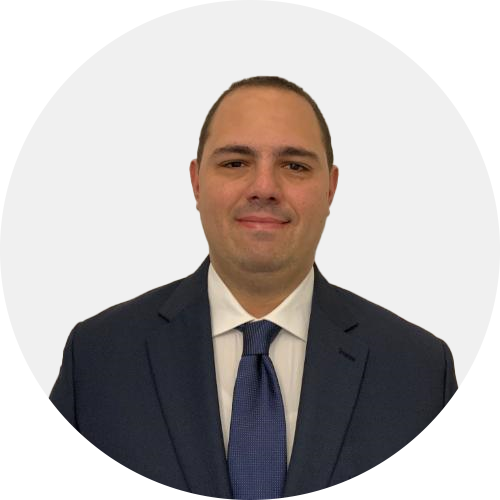
Author: Natalia Reen, Åbo Akademi University
Introduction
During my research exchange in Italy, organized as part of the Virtual Sea Trial project, I had the opportunity to collaborate with several colleagues from the University of Genoa. We organized and participated in multiple meetings and seminars, collaborated on a joint paper, and held many fruitful discussions. Among those colleagues was Dr. Gianmarco Vergassola, whom I met regularly at the university’s laboratory in La Spezia, where my exchange office was hosted.
Interview
Natalia : Dr. Vergassola, how does the University of Genoa cooperate with the shipbuilding industry in practice? What are the primary topics of such cooperation?
Gianmarco: There are several ways universities and shipbuilding companies collaborate. Large companies with strong R&D capabilities and a focus on innovation often establish direct contracts with universities to carry out R&D projects. On the other hand, smaller companies that cannot maintain extensive R&D departments typically participate in joint projects funded through EU or national calls.
Currently, much research is directed toward propulsion systems, particularly the adoption of methanol. However, not all efforts focus solely on propulsion. One of the key challenges in shipbuilding is reducing vessel weight, and structural design plays a critical role in that. This is where the use of composite materials becomes especially important.
Natalia : What are the main trends shaping the development of shipbuilding structures and materials today? What are the drivers and challenges?
Gianmarco: The use of new composite materials and the evolution of structural design in shipbuilding are not purely technical issues—they are strongly influenced by customer demands. In the pleasure craft segment, for example, comfort has become the leading design requirement, surpassing traditional priorities such as speed or efficiency.
The adoption of new materials introduces the challenge of predicting and mitigating noise and vibrations at early design stages. If such issues are detected late in the construction process, they can be difficult and costly to resolve.
An interesting example of future structural integration is glass. Currently, glass elements are treated as independent components requiring separate calculations, handling, and installation. In the future, we aim to make glass an integral part of a vessel’s structure—contributing both aesthetically and functionally.
Our university is also heavily involved in noise and vibration studies, developing simulations and tools that are used not only by shipbuilders but also in collaboration with classification societies such as RINA. Based on our research, these societies adjust their rules and provide updated recommendations to the industry.
Natalia : What role does data play in the development of ship structures? How do you use different types of data in your work?
Gianmarco: Data is fundamental. We rely on various types of data: historical records, design drawings, simulation results, and data from real ship construction and operational processes. All this information is compiled into databases to support predictions and improve accuracy.
However, there are challenges. For instance, technical drawings are often outdated and don’t reflect the changes made during construction. This hinders the application of digital twin technology, which requires precise, up-to-date models. Moreover, while digital simulations are powerful, their effectiveness is limited without a wide range of variants and long-term data.
Simulating structural behavior is particularly complex when it comes to interior furniture—especially for luxury yachts. These elements are hard to model accurately. Welding is another tough area; predicting residual stress caused by welding remains a significant challenge.
Natalia : Looking ahead, what innovations do you foresee in ship structures and materials?
Gianmarco: I strongly believe that the use of shear-resistant structures and composite materials—both fiber and resin—will increasingly reshape the shipbuilding landscape, for both small and large vessels.
We must focus on building robust processes for digital twins, particularly in the context of composite structures. Fiber orientation, for example, significantly influences structural performance and needs to be properly accounted for in simulations.
Furthermore, the development of green composites is essential. Unlike steel, which can never be truly “green,” composite materials have the potential to be more sustainable if developed responsibly. However, knowledge of composites in shipbuilding is still limited. We need to build on the experience from industries like aerospace, where composite use is more advanced.
A major advantage of composites is the possibility of modular construction using stumps—this simplifies assembly and could revolutionize ship construction methods. As we begin to apply composite solutions to larger vessels—50, 70 meters and beyond—our collective knowledge and innovation potential will grow significantly.
Natalia : Thank you, Gianmarco, for this insightful discussion. I look forward to strengthening the cooperation between our universities, particularly through joint projects, collaborative research groups, and co-authored publications. Such synergy will undoubtedly contribute to advancing European efforts in shipbuilding and naval research. I hope to see you soon at upcoming events and collaborative activities.

Dr. Vergassola is a researcher at DITEN – Department of Naval, Electrical, Electronic, and Telecommunications Engineering. He currently works at the University of Genoa as an Assistant Professor. The DITEN faculty is part of the Polytechnic School of Genoa, encompassing various technical areas including engineering, telecommunications, electrical, and naval architecture. Dr. Vergassola specializes in naval architecture and shipbuilding, with a focus on structural engineering – particularly for pleasure craft. His postdoctoral work included collaboration with industrial shipyards through various joint research projects.

Natalia Reen, Senior Researcher, Åbo Akademi University.
